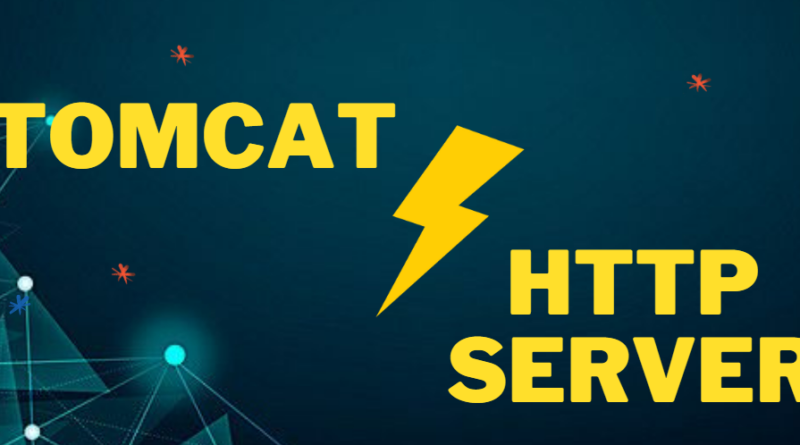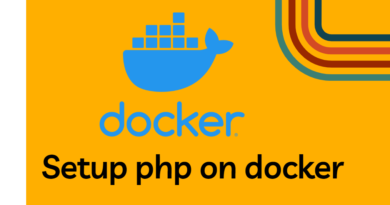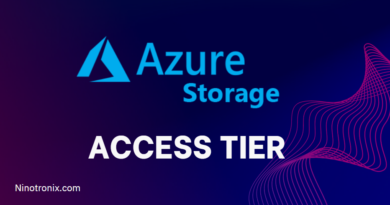Differences between Apache Tomcat and Apache HTTP Server
“What’s the difference between Tomcat and Apache?” developers are commonly questioned. This question, however, involves several incorrect assumptions. Often, people ask this topic when they wish to understand the difference between Apache Tomcat and the Apache HTTP Server.
It should be noted that both Apache Tomcat and the Apache HTTP Server are Apache Software Foundation projects.
While they are both developed and maintained by the Apache Software Foundation, they serve different purposes and have distinct differences. Our goal in this blog is to shed light on the distinctions between them.
Apache Tomcat Server
Apache Tomcat, an open-source web server and servlet container. It includes a Java Servlet and JavaServer Pages [JSP] container for running Java web applications. Tomcat is most commonly used as a web server to execute Java-based web applications, but it may also be used as a standalone application server.
It is developed in Java and allows for the lightweight and efficient deployment and execution of web applications.
It is frequently used to run Java online applications such as web services, web portals, and e-commerce websites.
Apache Web Server
The Apache HTTP Server [sometimes known as Apache HTTPD or just Apache] is a free and open-source web server created and maintained by the Apache Software Foundation. It is a strong and adaptable web server that can deliver both static and dynamic online content.
The Apache HTTP Server is the most popular web server software on the internet, and it operates on a variety of operating systems including UNIX, Linux, and Windows.
It is well-known for its dependability, stability, and security, and it is frequently used in conjunction with other open-source software to construct dynamic web applications such as PHP, Perl, and MySQL. It is also frequently used in load balancing and reverse proxy scenarios.
Differences between Apache Tomcat and Apache HTTP Server
| Apache Tomcat Server | Apache Web Server |
| Java-based web application server | Web server software |
| It is coded in pure JAVA. | It is only coded in C programming language. |
| Used to run Java-based web applications | Used to serve static content such as HTML, CSS, JavaScript, and image files |
| It can be more robust compared to Apache web server. | It can be less robust compared to Apache Tomcat server. |
| Highly extensible through the use of plugins and APIs | Highly customizable through the use of modules |
| Can be integrated with various web frameworks | Can be used with a wide range of programming languages and web application frameworks |
| Website: http://tomcat.apache.org/ | Website: https://httpd.apache.org/ |
| Default port for serving HTTP request: 8080 | Default port for serving HTTP request: 80 |
| This server functions as a JSP/Servlet container. | This server functions as a HTTP server, serving files via the HTTP protocol. |
| Licensed under the Apache License | Also licensed under the Apache License, but often bundled with other software technologies with different licensing terms |
| For Apache Tomcat server, deployment is done using WAR and JAR files. | On the Other hand, For Apache HTTP server, any individual file can be deployed. [e.g. Index.html] |
In summary, Apache Tomcat Server and Apache Web Server have their own strengths and weaknesses, and choosing between them largely depends on the requirements of the web development project.
Thank you for reading this blog post about the difference between Apache Tomcat Server and Apache Web Server. We hope you found this information useful in understanding the characteristics and capabilities of these two popular web servers.
Please leave a comment if you have any queries or feedback. Don’t forget to follow us for more helpful articles.




